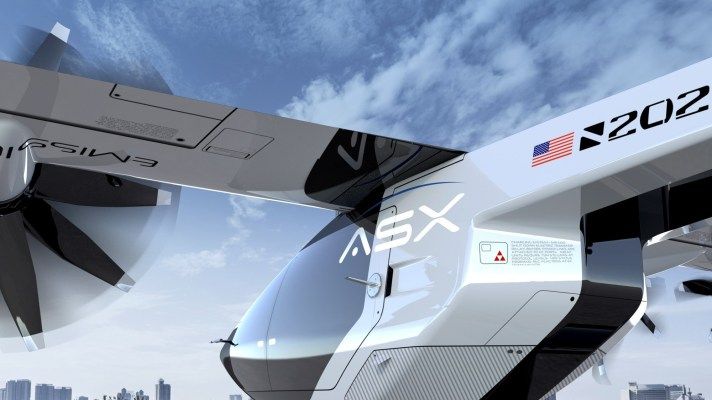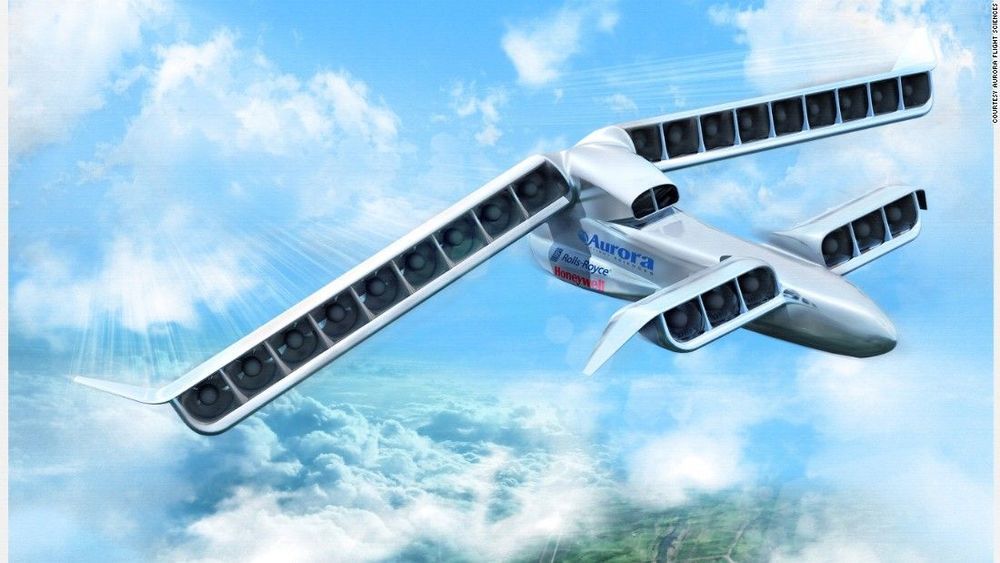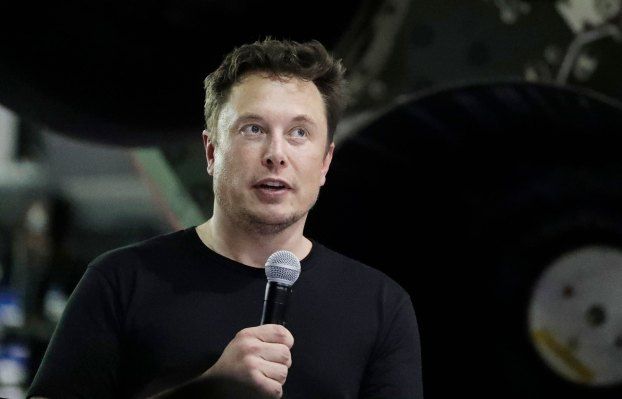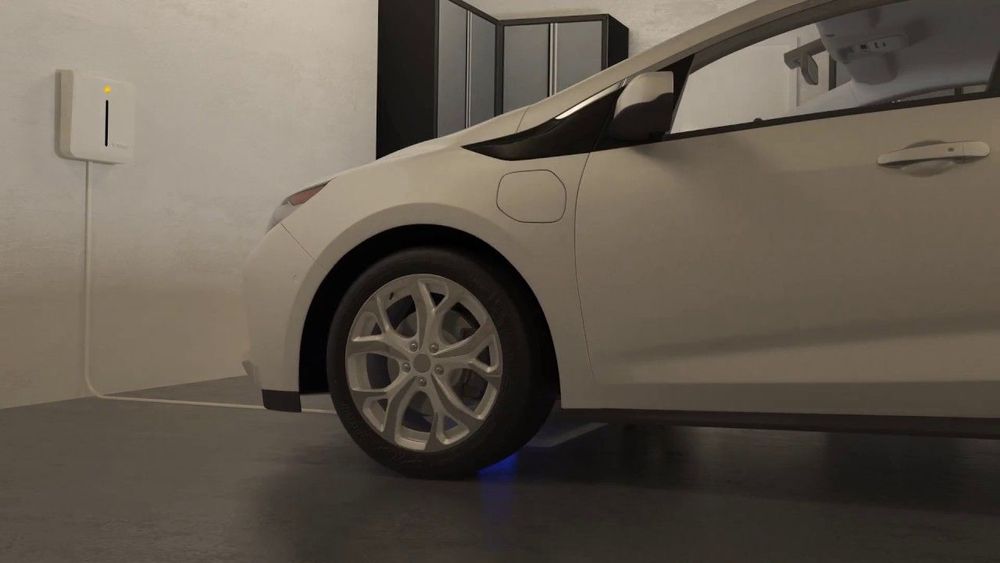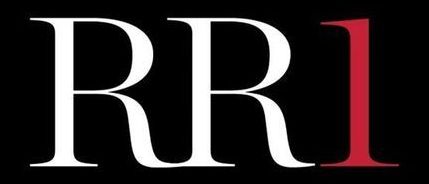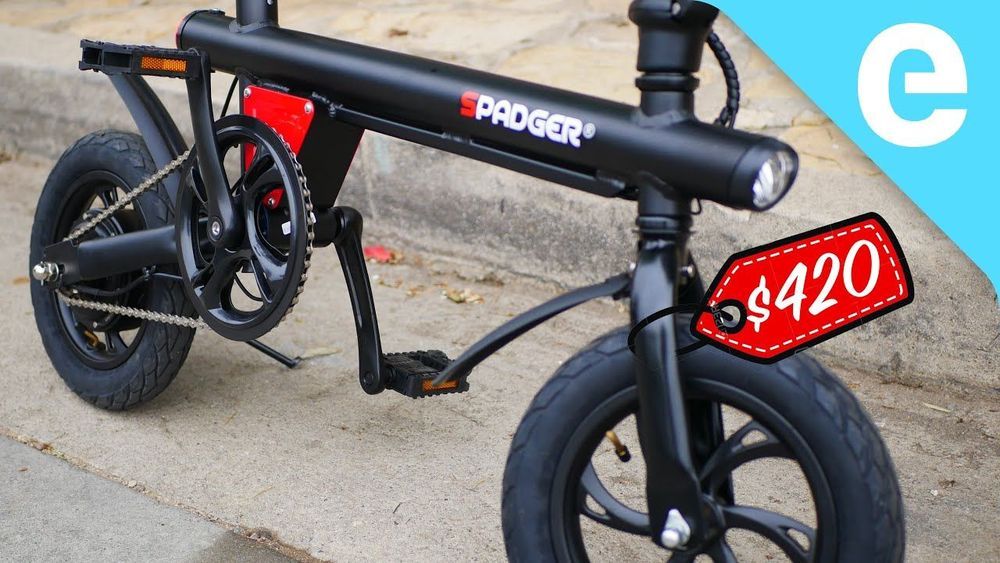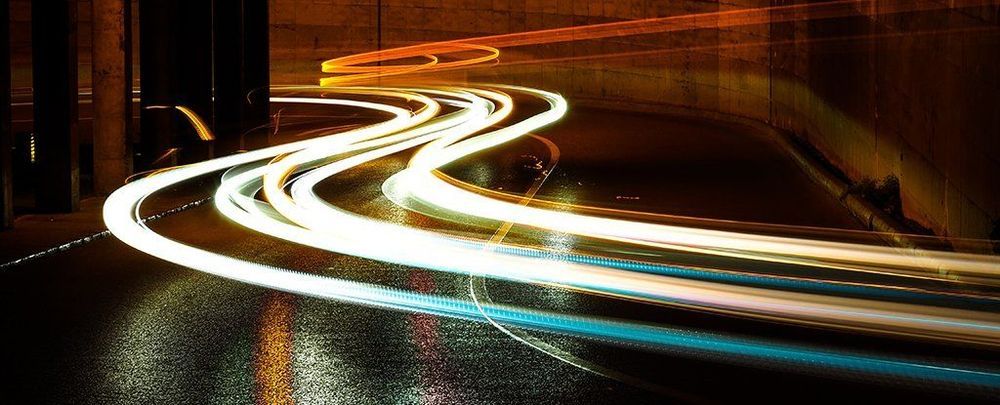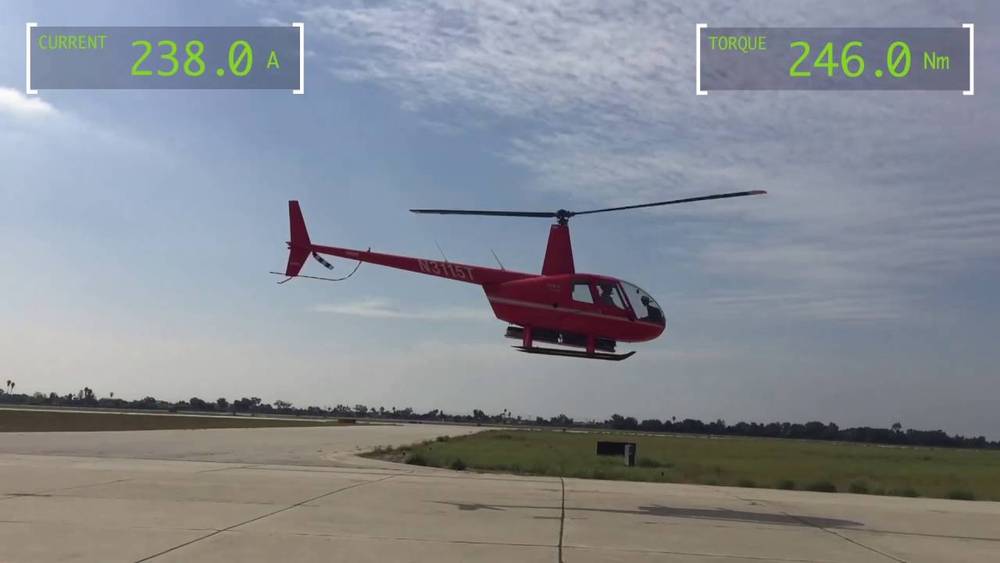At Uber’s Elevate summit in Washington, DC earlier this month, researchers, industry leaders and engineers gathered to celebrate the approaching advent of on-demand air service. For Dr. Anita Sengupta, co-founder and Chief Product Office at Detroit’s Airspace Experience Technologies (abbreviated ASX), it was an event full of validation of her company’s specific approach to making electric vertical take-off and landing craft a working, commercially viable reality.
ASX’s eVTOL design is a tilt-wing design, which is distinct from the tilt-rotor design you might see on some of the splashier concept vehicles in the category. As you might’ve inferred from the name of each type of aircraft, with tilt-wing designs the entire wing of the aircraft can change orientation, while on tilt-rotor, just the rotor itself adjust independent of the wing structure.
The benefits of ASX’s tilt-wing choice, according to Sengupta, is speed to market and compatibility with existing regulatory and pilot licensing frameworks – and that’s why ASX could be providing cargo transport service relatively quickly for paying customers, with passenger travel to follow once regulators and the public get comfortable with the idea.
